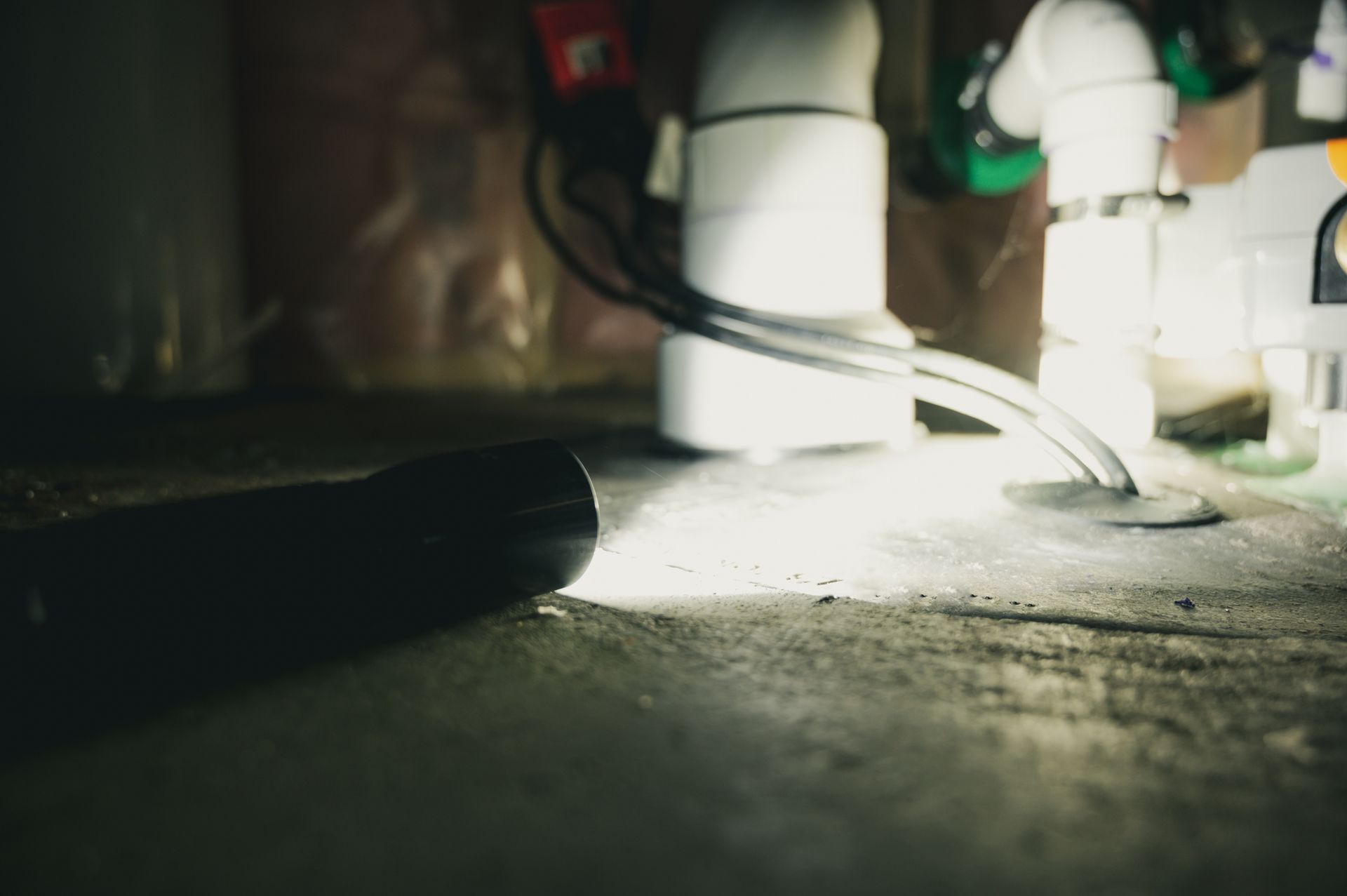Preserving the Past, Ensuring the Future: Navigating the Complexities of Inspecting Ohio's Historic Homes
Ohio's rich tapestry of history is evident in its vast array of historic homes, dotting the landscape from the rolling hills of the Appalachian Plateau to the bustling streets of Cleveland and Cincinnati. These architectural treasures offer a glimpse into the past, telling stories of bygone eras through their unique designs and enduring structures. However, owning or purchasing a historic home in Ohio comes with its own challenges, especially regarding inspection. Understanding these unique challenges and considerations is crucial for preserving the integrity and value of Ohio's historic homes.
The Unique Charm and Challenges of Historic Homes
Historic homes are lauded for their craftsmanship, character, and the stories they hold within their aged walls. However, their age also means they may harbor hidden issues not found in newer constructions. The materials and building practices of the past, while remarkable, often don't meet today's building codes and standards. This discrepancy can present unique challenges during inspection, necessitating a delicate balance between preservation and modernization.
Special Considerations for Inspecting Historic Homes
- Structural Integrity: Over time, the structural integrity of older homes can be compromised by settling, water damage, or the natural wear and tear of materials. Inspectors must carefully evaluate the foundation, load-bearing walls, and overall structure for signs of distress while considering the building's historical value.
- Obsolete Materials: Historic homes may contain materials that are no longer used today, such as plaster walls, lead pipes, or knob-and-tube wiring. Inspectors must identify these materials and assess their condition, as they may require specialized care or pose health risks.
- Historical Accuracy: Maintaining historical accuracy is paramount for many historic homeowners and preservationists. Inspectors must recognize original features and fixtures, advising on how to preserve or restore them per historical preservation standards.
- Modernization Needs: While preserving historical integrity, modern safety and efficiency standards must also be considered. This includes evaluating the electrical system, plumbing, heating, and cooling to determine what upgrades are necessary to meet current codes without compromising the home's character.
- Environmental Hazards: Older homes often have environmental hazards such as lead paint, asbestos, or radon. A thorough inspection must include identifying these hazards so they can be properly addressed, ensuring the safety of the home's occupants.
Navigating the Inspection Process
For those considering purchasing or renovating a historic home in Ohio, selecting an inspector with experience in historic buildings is crucial. These professionals understand the intricacies of historic structures and can provide invaluable guidance on preserving the home's integrity while making it safe and livable for modern standards.
Additionally, prospective buyers and owners should familiarize themselves with local and state historic preservation guidelines. Many areas in Ohio have specific codes and incentives for historic homes, including tax breaks and grants for restoration projects.
Conclusion
Inspecting a historic home in Ohio requires a nuanced approach that respects the property's historical significance while ensuring it meets the needs of today's homeowners. By understanding these inspections' special considerations, homeowners can better prepare for the challenges and rewards of owning a piece of Ohio's history. Whether it's a Victorian mansion in the heart of Columbus or a quaint farmhouse in rural Ohio, these historic homes are invaluable links to our past, deserving of preservation for future generations to cherish.

Every House Has Story.
Let us tell it for you.
All Rights Reserved | Lemonade Home Inspections | Website Design by GoBeRewarded



